A truly beautiful garden isn’t just about looks—it’s also about sustainability. Eco-friendly garden plants not only brighten up your outdoor space but also support biodiversity, improve air quality, and require less maintenance. Choosing the right plants can help reduce water usage, attract pollinators, and even provide natural pest control. If you’re looking to make your garden both stunning and environmentally responsible, here are five eco-friendly garden plants every home needs.
1. Lavender (Lavandula)
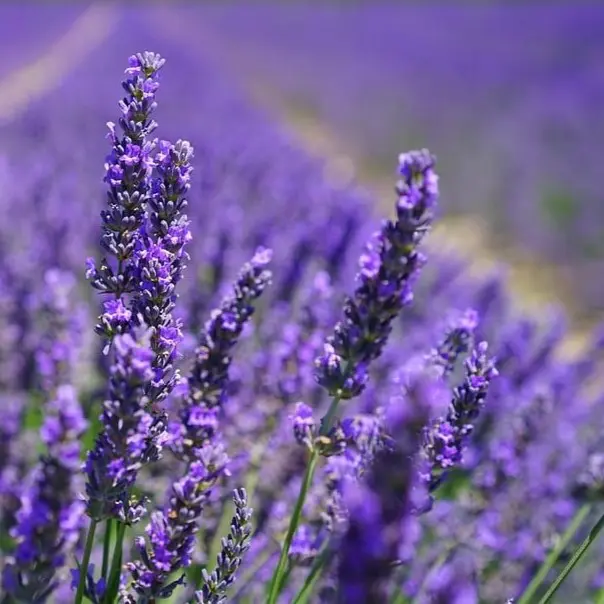
Lavender is a must-have eco-friendly plant that’s as useful as it is beautiful. With its aromatic purple flowers, it attracts bees, butterflies, and other pollinators, helping boost biodiversity in your garden. Lavender is drought-tolerant, requiring minimal watering once established, making it perfect for water-smart landscaping. Beyond its environmental benefits, lavender can also be harvested for homemade sachets, teas, and essential oils. Its low maintenance and natural resistance to pests mean you can enjoy vibrant blooms with little effort, while contributing to a healthier ecosystem.
2. Coneflower (Echinacea)
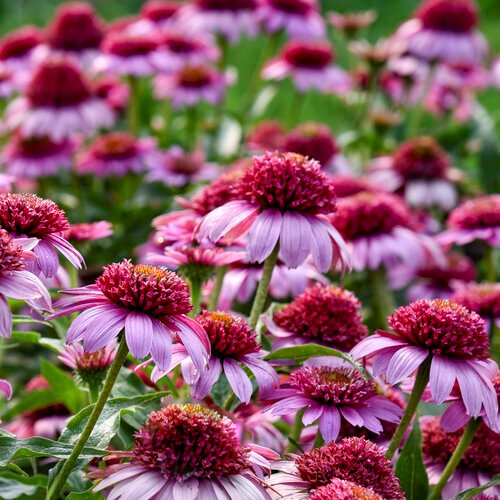
Known for its daisy-like flowers in shades of pink, purple, and white, coneflower is both striking and eco-friendly. These perennials thrive in sunny spots and adapt well to poor soil conditions, reducing the need for fertilizers and chemicals. Coneflowers attract bees, butterflies, and even hummingbirds, creating a lively, pollinator-friendly environment. Once their season ends, the seed heads provide food for birds during the winter. Hardy and low-maintenance, coneflowers make a sustainable choice for any home garden while adding bold color and long-lasting charm.
3. Yarrow (Achillea millefolium)
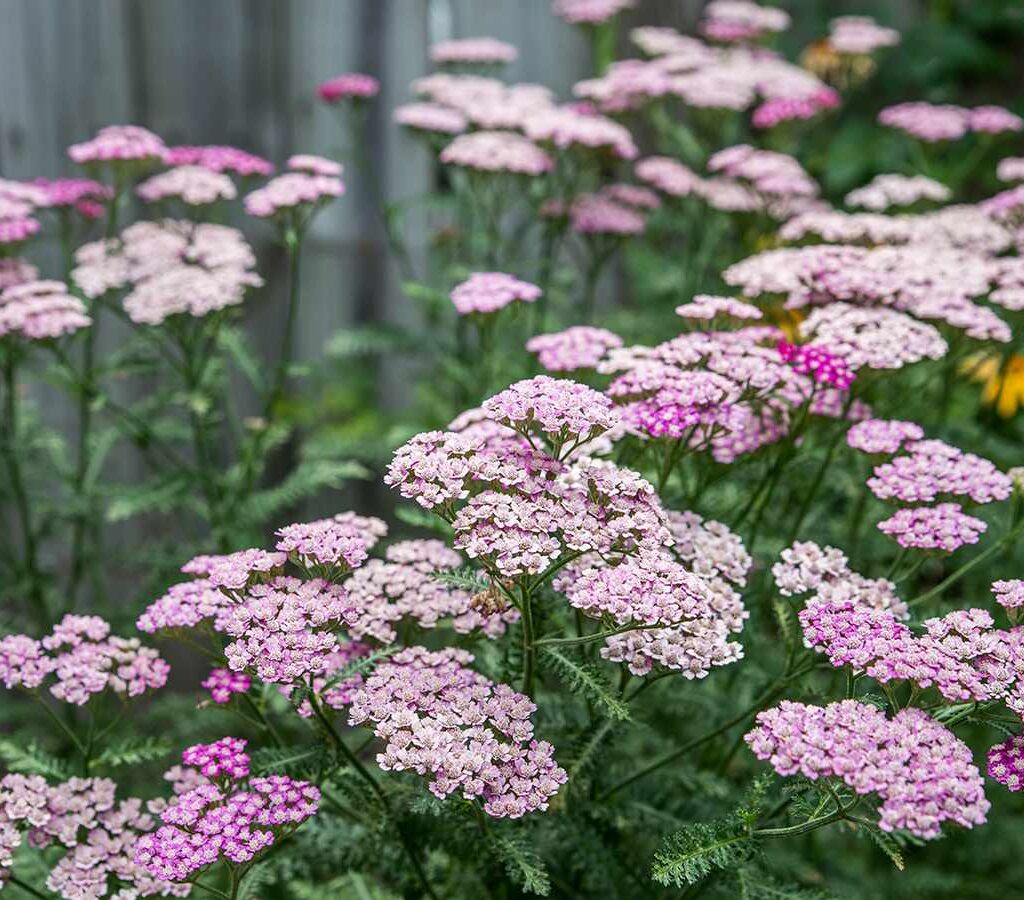
Yarrow is a resilient perennial that brings clusters of vibrant yellow, pink, or white blooms to any eco-conscious garden. This plant is highly drought-tolerant and requires little care, making it a perfect choice for sustainable landscapes. Its nectar-rich flowers attract pollinators like bees and butterflies, while its strong scent deters some harmful pests. Yarrow’s deep roots help improve soil health by preventing erosion and enhancing aeration. It’s not only an ornamental delight but also a plant with medicinal uses, making it both eco-friendly and functional.
4. Bee Balm (Monarda)
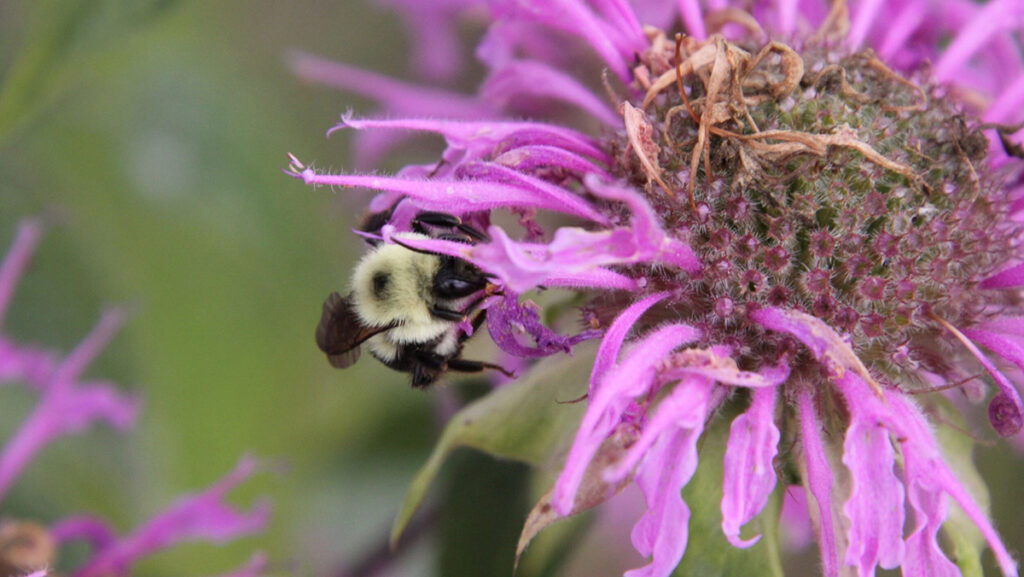
Bee Balm, also called bergamot, is a colorful, pollinator-attracting perennial that deserves a spot in every eco-friendly garden. Its bright red, pink, and purple blooms draw in bees, hummingbirds, and butterflies, making it an excellent plant for supporting local ecosystems. Bee Balm thrives without the need for synthetic fertilizers and adapts well to various soil conditions. Besides its environmental benefits, the leaves can be used to make herbal teas with soothing properties. Its natural resistance to pests and diseases further reduces the need for chemicals, making it a truly green choice.
5. Switchgrass (Panicum virgatum)
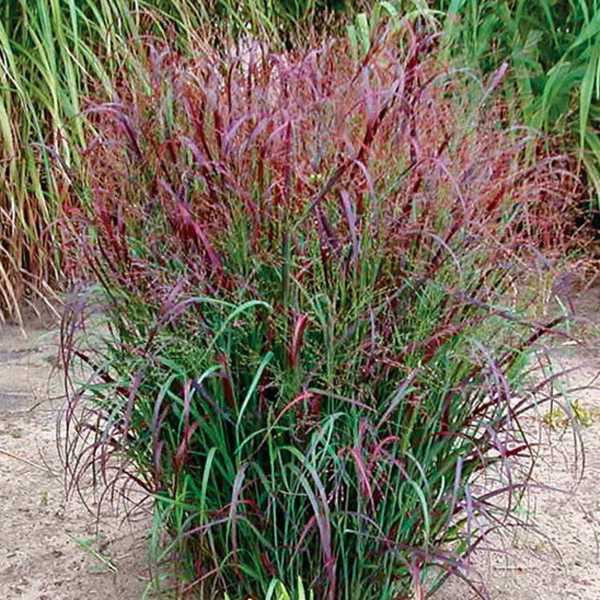
For a unique eco-friendly addition, consider switchgrass, a native ornamental grass that enhances sustainability. This hardy perennial is excellent for soil stabilization, helping prevent erosion while improving soil structure. Switchgrass is incredibly low-maintenance, requiring little water or fertilizer once established. It also provides shelter and nesting materials for wildlife, supporting local ecosystems year-round. During autumn, its foliage turns golden, adding seasonal beauty to your landscape. Durable, versatile, and environmentally beneficial, switchgrass is a perfect example of how ornamental plants can also serve ecological purposes.
Final Thoughts
An eco-friendly garden is a gift not only to yourself but also to the planet. By choosing plants like lavender, coneflowers, yarrow, bee balm, and switchgrass, you create a stunning landscape that supports pollinators, conserves resources, and promotes biodiversity. With these sustainable choices, your garden becomes more than just a pretty space—it transforms into a thriving, eco-conscious haven.
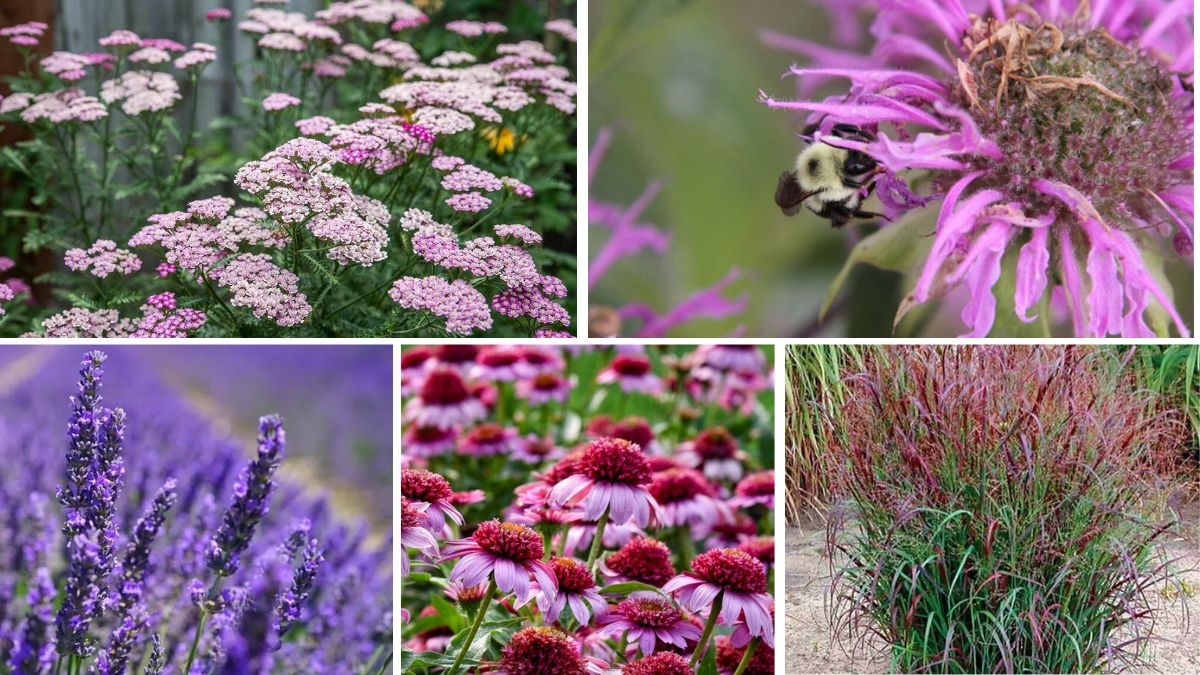
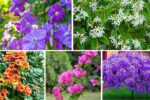

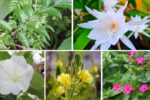

Leave A Comment